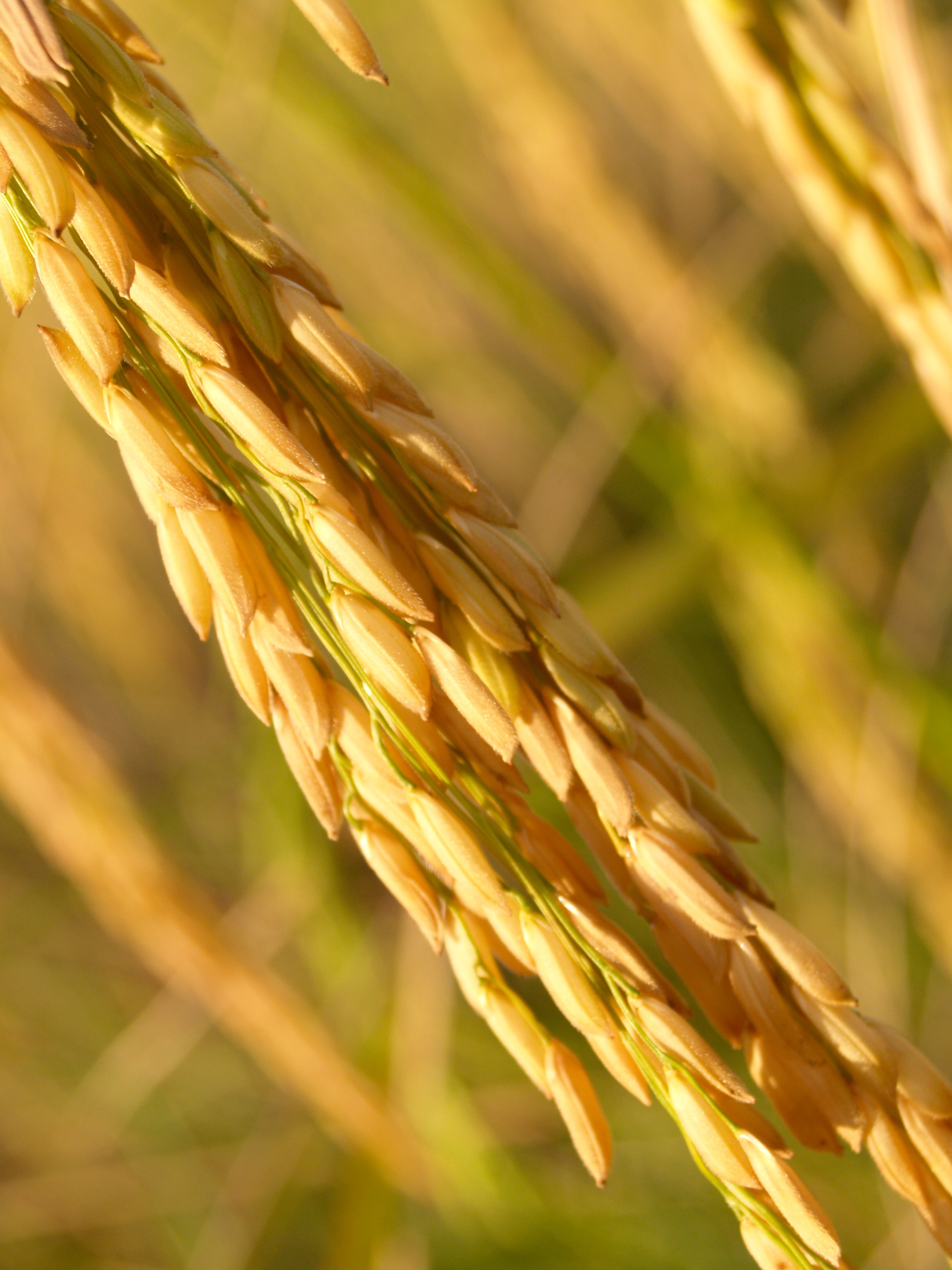Application of MKP in Rice field
Potassium dihydrogen phosphate is a kind of high-efficiency phosphorus and potassium compound fertilizer suitable for external root spraying, which has many excellent effects such as significantly increasing yield and income, improving quantity and optimizing quality, lodging resistance, disease and pest resistance, and prevention and control of premature aging, and has the effect of overcoming nutritional deficiency caused by the decline of root aging absorption capacity in the late stage of crop growth.
The specific role of potassium dihydrogen phosphate in rice
High-purity potassium dihydrogen phosphate (such as phosphorus and potassium source library) sprayed in the middle and late stages of rice growth can not only increase the chlorophyll content of leaves, enhance their photosynthetic ability, and improve the ear formation rate. It can also promote grain filling at maturity, improve setting rate and 1,000 grain weight, improve rice stress resistance and disease resistance, and create conditions for stable and high yield of rice.
Production-increasing effect
In the late stage of rice growth, the root system gradually ages, the absorption capacity is greatly weakened, and the topdressing of high-purity potassium dihydrogen phosphate outside the root at the ear stage can make up for the lack of phosphorus and potassium nutrient supply and improve the yield.
Improve quality and weight
The application of high-purity potassium dihydrogen phosphate to rice can reduce the number of batches on the secondary branches and increase the weight of 1,000 grains in the middle and lower parts of the panicles. The main mechanism was that the application of potassium dihydrogen phosphate improved the supply of grout substances in rice ears and normalized the fruiting of some weak flowers.
Increase rice photosynthesis
After the application of high-purity potassium dihydrogen phosphate to rice, the chlorophyll content of sword leaves in the reciation stage and filling stage can be increased, so that the photosynthetic intensity of rice is significantly improved in key periods such as gestation, rebellion and filling stage, and the synthesis of photosynthetic products is significantly increased, which also has a significant promoting effect on the transport of photosynthetic products to the panicles.
Increased grout rate
The application of high-purity potassium dihydrogen phosphate to rice can increase the filling rate of grain and promote grain enrichment, especially for the grouting of the lower part of the panicle is very beneficial. It is worth noting that although the application of potassium dihydrogen phosphate has no obvious effect on the morning and evening of the beginning of grouting, it has an effect on promoting early maturation in rice.
Improves root vitality
The application of potassium dihydrogen phosphate to rice can increase the root respiratory substrate and improve root vitality, which is conducive to the absorption and utilization of nutrients in the soil by rice.
Use of potassium dihydrogen phosphate on rice
Rice tillering peak, pregnancy and panicle stage are sensitive to phosphorus and potassium, and potassium dihydrogen phosphate can be sprayed.
Tillering stage: spraying with 200 grams of high-purity potassium dihydrogen phosphate (phosphorus and potassium source library) with 15 kg of water can promote effective tillering and ensure the nutrients required for normal growth of rice.
Pregnancy stage: spraying 15 kg of water with 200 grams of phosphorus and potassium source reservoir can make the rice young spike well differentiated.
Ear pumping stage: 100 grams of phosphorus and potassium source reservoir mixed with 15 kg of water foliar spray can reduce the yellowing of stems and leaves and premature aging.
Notes
(1) Avoid excessive concentration, and repeat spraying after spraying the remaining liquid to cause leaf burning.
(2) When spraying potassium dihydrogen phosphate, avoid mixing other pesticides at will, resulting in reduced pesticide control efficiency.
(3) The spraying time is to spray evenly with a spray-like nozzle when there is no dew on the leaf surface in the afternoon; After spraying, the following heavy rain should be resprayed once.
(4) In addition to paying attention to the spraying concentration and period, it is also necessary to understand the nutritional status of nitrogen, phosphorus and potassium in the soil, taking into account silicon, calcium, magnesium and other trace elements. To apply sufficient base fertilizer, control nitrogen fertilizer, pay attention to the application of phosphorus and potassium fertilizer, and properly supplement trace elements to achieve the effect of increasing yield.


